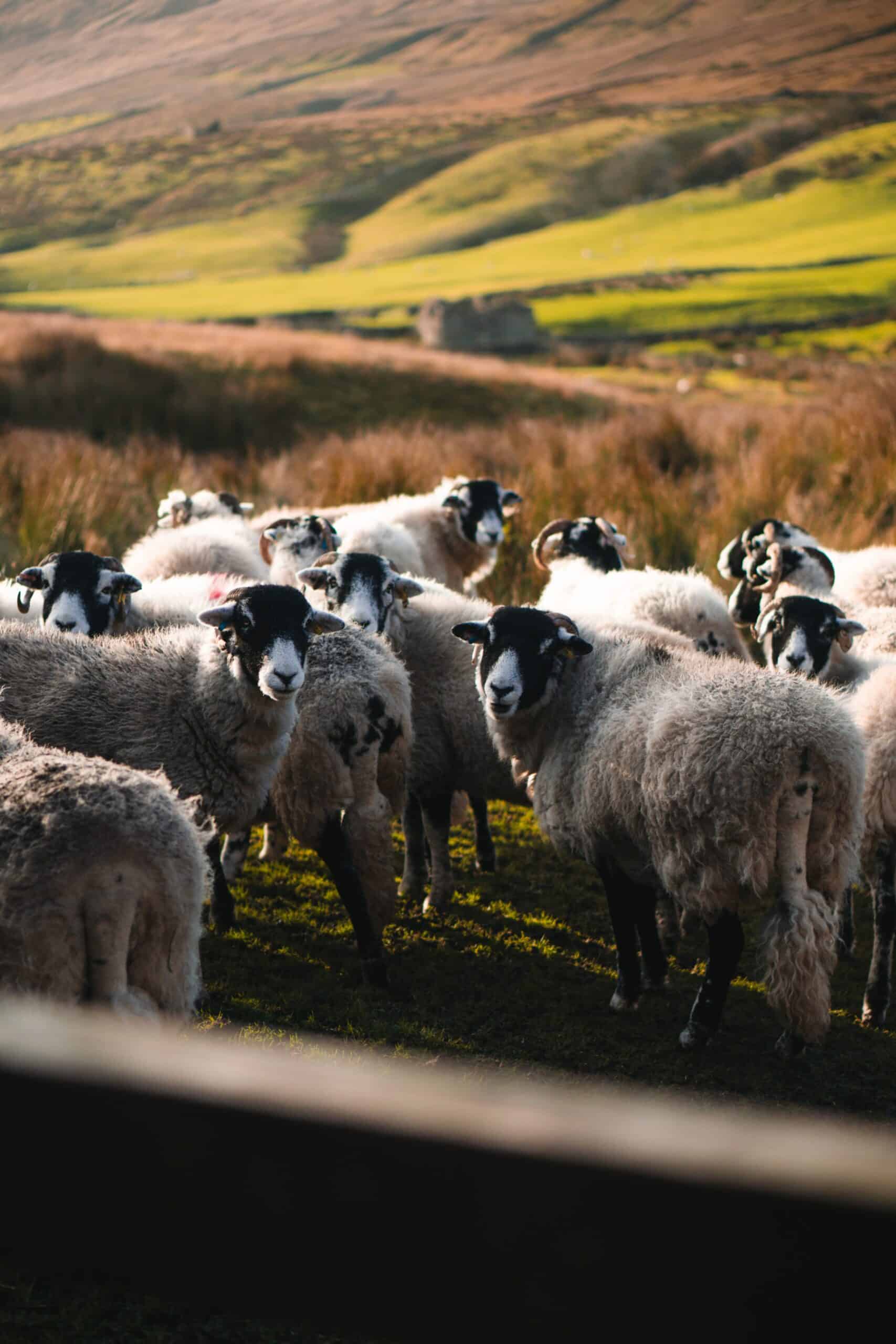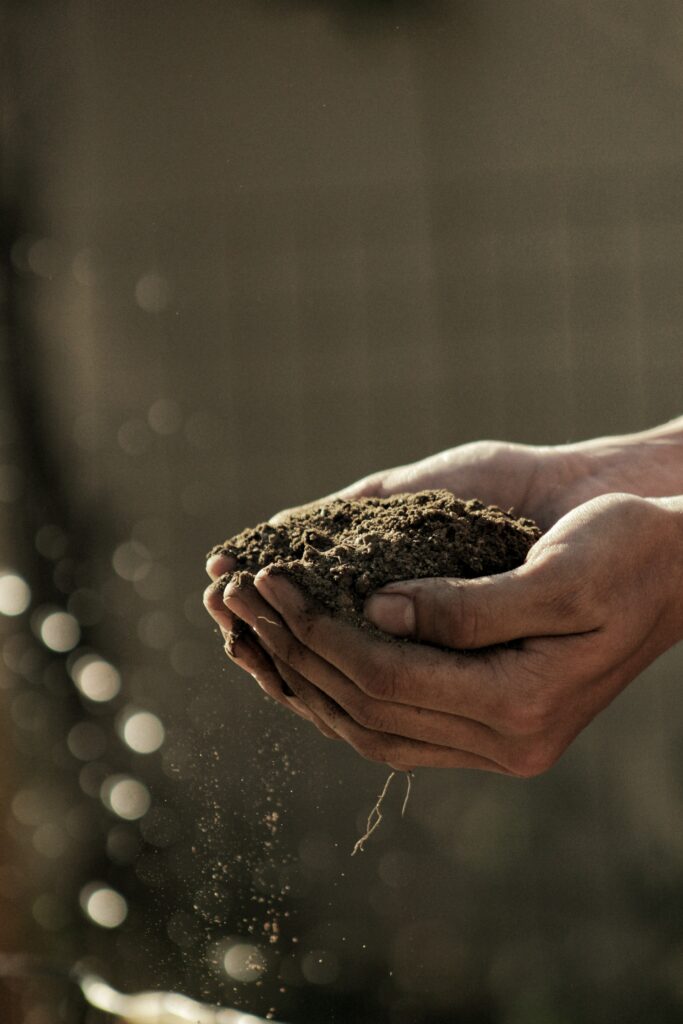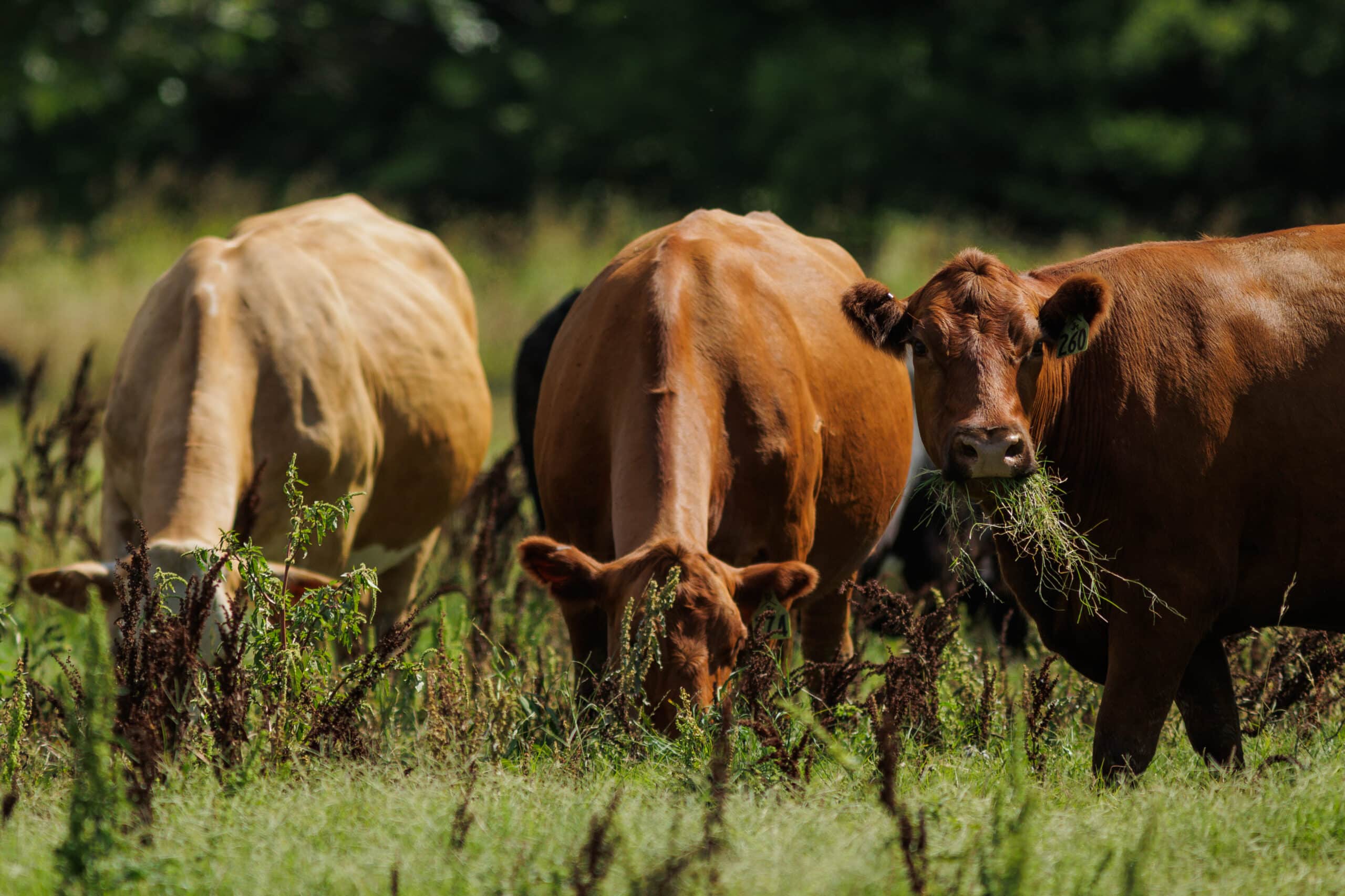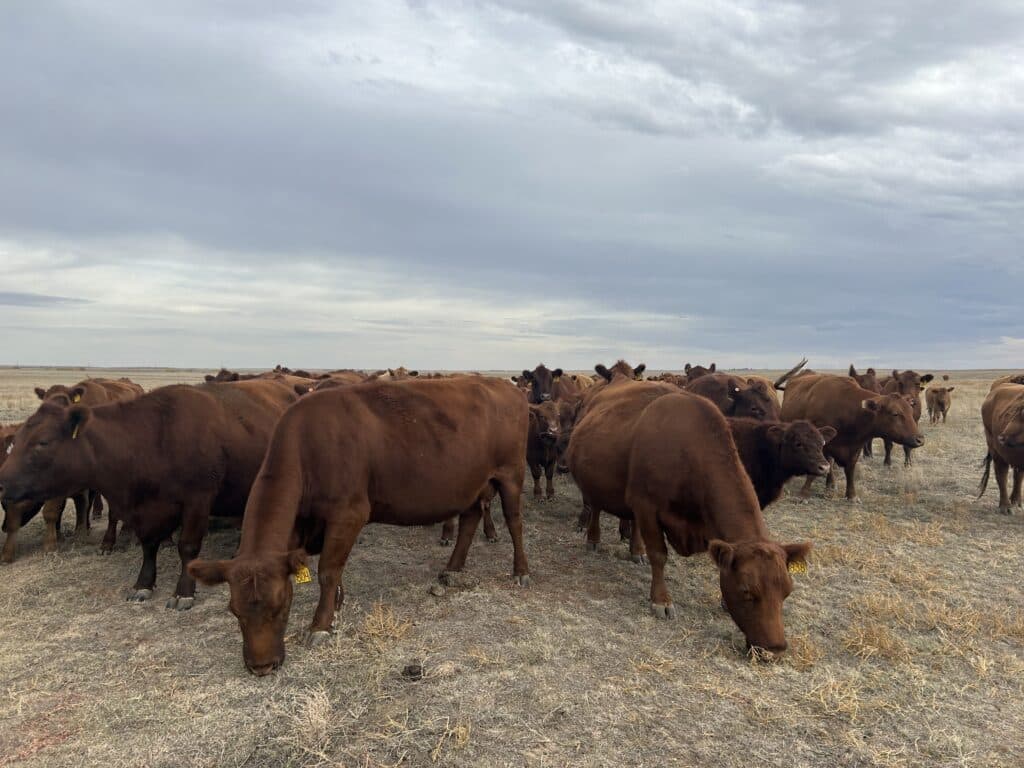Top tips to make your grazing work harder for you

Good grazing and grass management are central to animal health and welfare. In turn, improved animal welfare leads to better productivity and is beneficial for the environment, helping to reduce greenhouse gas emissions.
A recent National Sheep Association (NSA) webinar explored this relationship. The panel included AgriWebb Director of Sustainability, Nicole Buckley Biggs, Matt Foulkes from Black Mountains Farm Services, and Paddy Long, Chief Product Officer with ruumi.
Below are some of the key takeaways from the talk.
Increase productivity with rotational grazing and improved pastures
There is growing evidence around the value of rotational grazing and multi-species swards. Last year, a study from Oxford looked at 115 different studies to draw valuable conclusions for the livestock industry.
“They looked at sheep and cattle growth rates with two interventions implemented. The adoption of rotational grazing and planting of these herbal leys or multi-species swards,” Nicole Buckley Biggs explains. “What they found was that both planting these perennials as well as building in periods of rest through rotational grazing did increase dry matter or forage production at the field level.”
Moreover, farmers increasing the number of livestock in pastures could still maintain and improve daily liveweight gain through rotational grazing.
The progress of New Zealand lamb producers from 1990 to 2015 echoed the importance of these practices. “We’ve got an appreciable rise in both lambing percentage and carcass weight over that time,” Matt Foulkes says. “So how have they done this? Principally it’s by widespread implementation of rotational grazing and sward improvement.”
With ewes in better body condition at critical times in the year, there is better reproductive performance with more twins. Naturally, higher fertility rates mean that fewer ewes are needed to meet production targets, resulting in a reduction of methane emissions.
The same improvements in grazing quality give better growth rates for lambs and better carcass weights at the end of the process, meaning a reduction in greenhouse gas emission per kilogram of carcass weight.
“Since 1990 New Zealand has seen their ewe numbers fall by about 54% and lamb production only fall by about 8% across that same timeframe,” Matt says. “But there has been something in the order of a 30% reduction in emissions of methane and nitrous oxide, so some quite impressive benefits in terms of climate change and greenhouse gas emissions.”
Use grazing management to control pest and diseases
Considered grazing management can also improve animal health – and reduce the need for animal treatments – by reducing livestock exposure to pests and diseases.
The leader-follower systems in mixed grazing systems break the life cycle of parasites by denying them the host they live off.
“We can send weaned lambs onto an area that has been principally grazed by cattle in the first half of the grazing season,” Matt says. “We’ve effectively created a safer grazing environment for those lambs. And the same is true if you were thinking about calves and sending them to an area where sheep had grazed.”
Moreover, rotational grazing leads to better health outcomes. “If you have a lameness outbreak, these areas become hotbeds of infection,” Matt explains. “Animals that are not yet lame will get exposed to bacteria and potentially become your next new case.” Luckily, these bacteria don’t survive in significant numbers on pastures beyond 12 to 14 days.
“Most rotational grazing systems wouldn’t return to the same pasture within 24 or 30 days. It might be shorter than that, but probably no shorter than 21 days. So, we’re immediately alleviating pressure in the system.”
Infected and diseased animals have poor productivity and lower reproduction rates. Maintaining herd health reduces methane emissions and improves growth rates and reproductive performance.
Improve your soil along with your pastures
Beyond increasing efficiency with healthy, faster-growing livestock, both pasture improvement and rotational grazing also do a world of good for your soil.
Planting more diverse species offers a range of benefits: plants with taproots ease compaction; fibrous roots add stability; legumes add nitrogen. Rotational grazing encourages root growth and provides time for the physical and chemical recovery of the soil between grazing periods.

Healthy soils have a greater ability to sequester atmospheric carbon dioxide (CO2) as soil organic carbon. This is one strategy for reducing greenhouse gases and an important tool farmers have in the drive towards net zero. Paddy Long explains how ruumi aims to help with this process. “We’re a tech company, and ultimately we finance farmland regeneration,” he says. “We believe that great grassland management is the key to the healthiest farm with the lowest costs and fattest profit.”
Therefore, ruumi’s grazing app helps you improve grass utilisation, putting more carbon back into the soil. “You get the soil’s natural productivity back and reduce the inputs you need,” Paddy says.
Harness data to improve your operation
Nicole Buckley Biggs advises that while every farm is different, every farmer must know where they stand concerning emissions before trying to reduce them.
“Get a baseline of where you’re at in terms of your overall greenhouse gas footprint,” she says. “Get that carbon audit, identify your own hotspot where the biggest emissions are coming from. And where you might be able to make some changes.”
From there, you can adopt some new practices. You don’t have to turn your whole operation on its head – try one or two things aimed at either herd productivity or improving sward productivity.
Through the process, it is imperative you track farm data. Examples include grazing movements and stocking rates to carcass data and cost of production. Only then can you assess the effectiveness of your management decisions and improve on them.
AgriWebb makes it easy to record all your valuable farm data on your mobile, while you’re in the field. Information is stored securely in the cloud and can be used to derive powerful insights.
Find out more about how AgriWebb can boost your profits and sustainability on-farm now.


